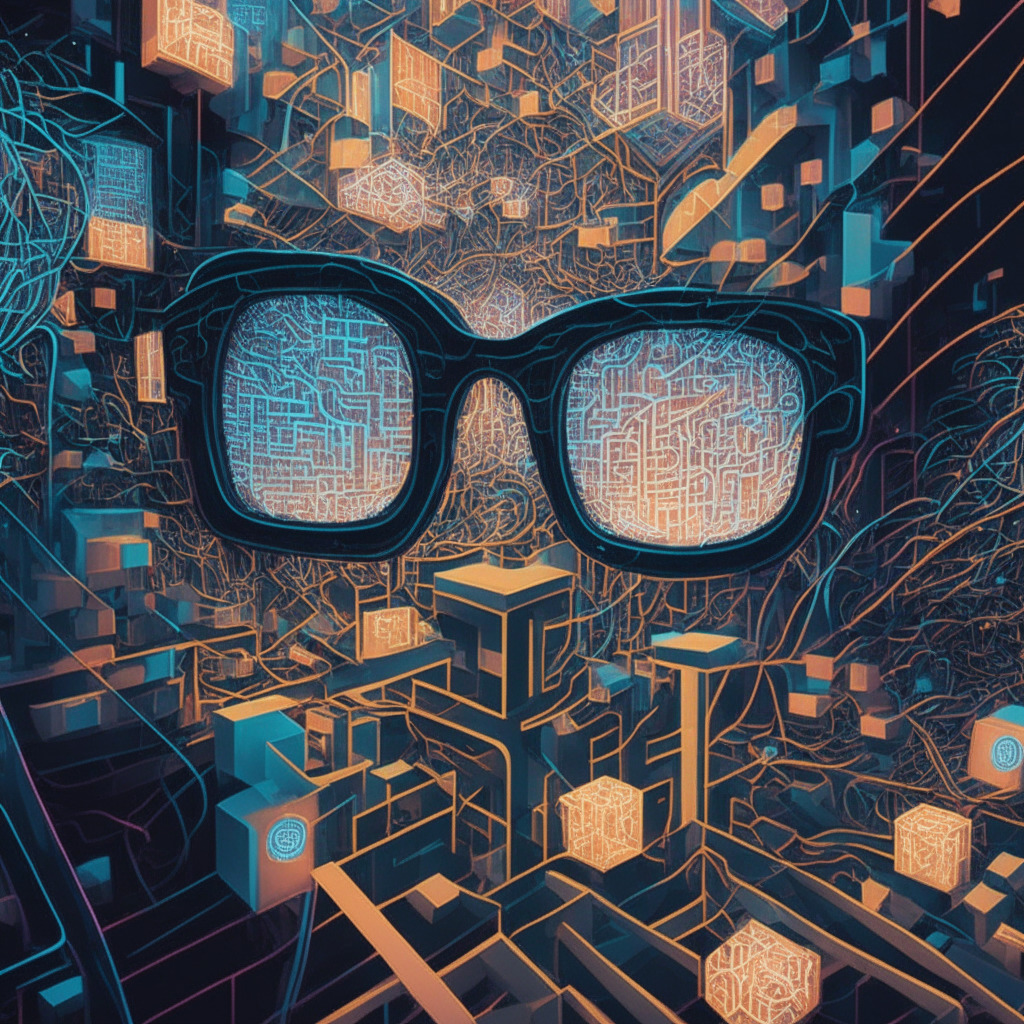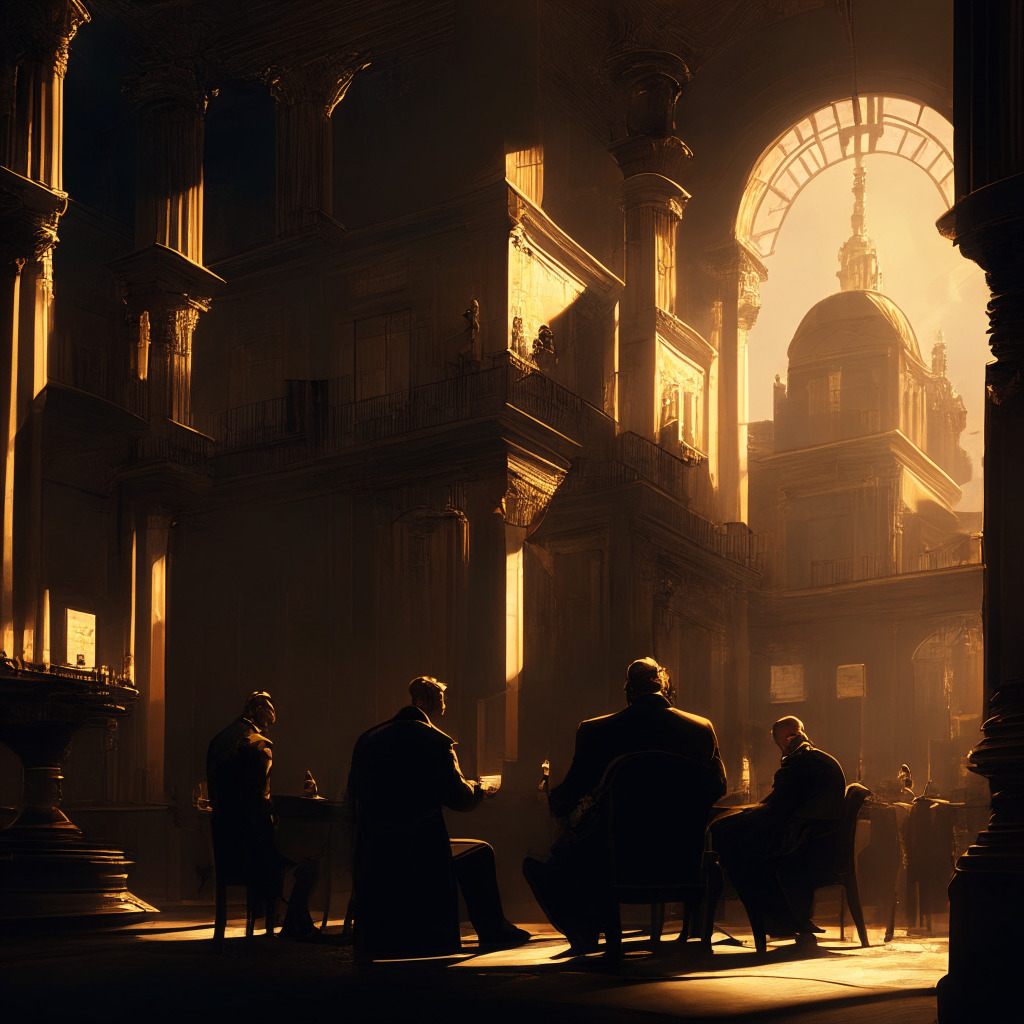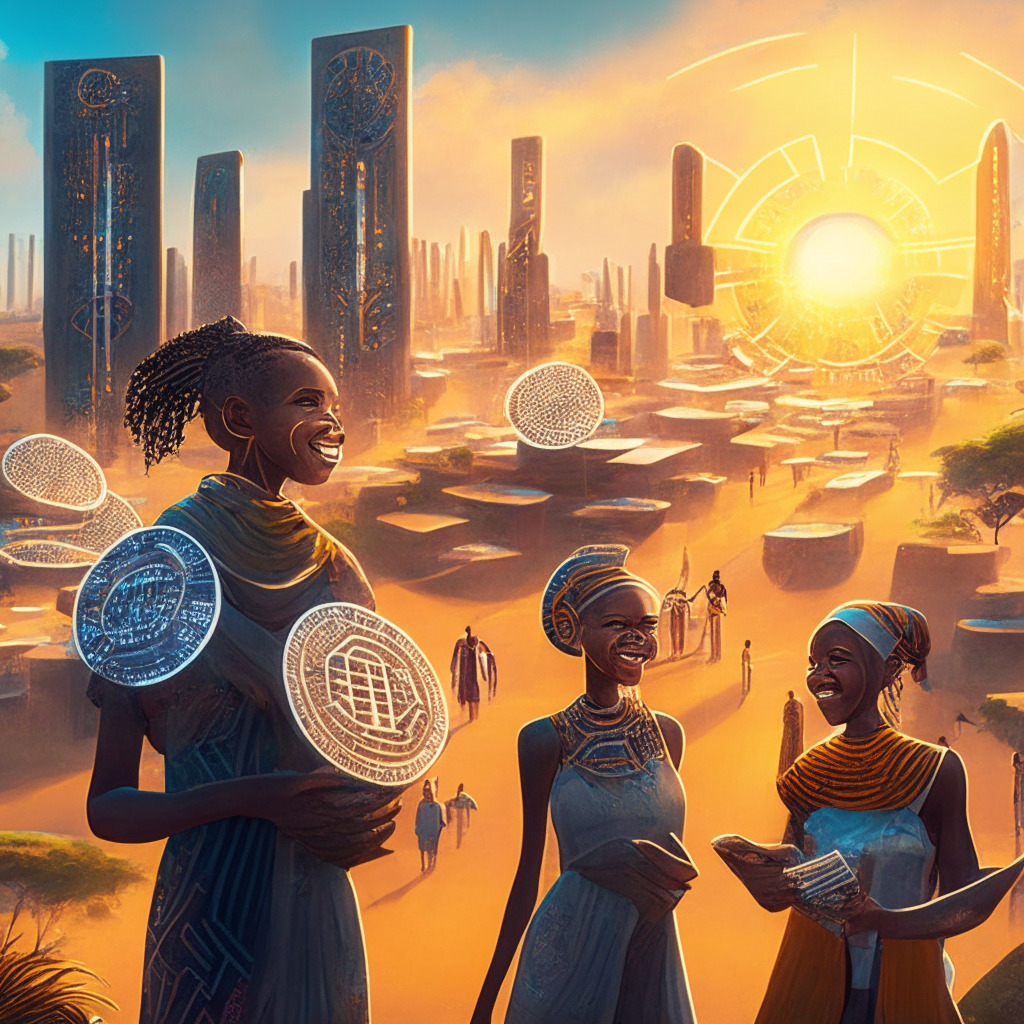Translating the nuances of generative art to the uninitiated is a feat few have managed as simply and elegantly as the NFT artist, William Mapan. He likens the process to drawing in a grid of boxes guided by the roll of a dice, where the outcome determines what shape to draw. With an expansion of variables, the possibilities become virtually limitless. This, according to Mapan, mirrors the concept of generative art on the blockchain: predetermined rules integrated with randomness.
For Mapan, the balance in creating these works of art is found in evoking both the handmade and digital aesthetics simultaneously. This feat has become his signature, supplying an element of familiarity and intrigue. The goal, as Mapan explains, is to spark curiosity, trigger emotions, and foster connections with the audience’s personal memories.
Mapan credits his initiation into blockchain art to Matt Deslauriers, the artist behind Meridians and Subscapes. Noting the contribution of this artistic veteran to his understanding of the intricate crypto ecosystem, Mapan underscores the unique perspective of viewing the collector as a triggering point in the art algorithm.
Highlighting his success, Mapan has made notable sales, such as his work “Anticyclone #470”, which went for a whopping 182 ETH. This and other pieces have brought his artistic narrative to the fore, combining abstract expressionism and boundary-pushing modern art with the blockchain’s mathematical sequences.
But, does this “generative art” represent an oversimplification of artistry, hinging creativity on pre-determined algorithms and the randomness of code? Some fear this approach, embodying a certain mechanistic view, strips away the beautiful unpredictability inherent in traditional artistic creation.
Yet, others convincingly argue that this innovative practice is merely the latest in a long line of artistic evolutions, merging artistry and technology in a compelling, interactive experience.
The fusion of crypto-based commerce and artistic creativity retains a certain allure, despite market fluctuations. Mapan’s “Distance” collection, for instance, sold out in under 24 hours amid a weak NFT market, once again proving the endearing charm of blockchain-based art. Yet, the question remains: Are we beholden to the whims of market trends or investing in lasting creative worth?
Crypto continues to push boundaries, with Cool Cats becoming the first NFT collection to be featured in the iconic Macy’s Thanksgiving Day Parade. This integration of intricate, blockchain-driven art into mainstream culture is an exciting development, emphasizing crypto’s increasing popularity and acceptance while challenging traditional concepts of ‘value’ in art.
Still, in this rapidly evolving landscape, we must remember that technology and art are intrinsically linked, each influencing the other. Despite the skeptics, artists like Mapan are navigating this fascinating intersection, bringing new meaning to the term ‘starving artist’.
Source: Cointelegraph




